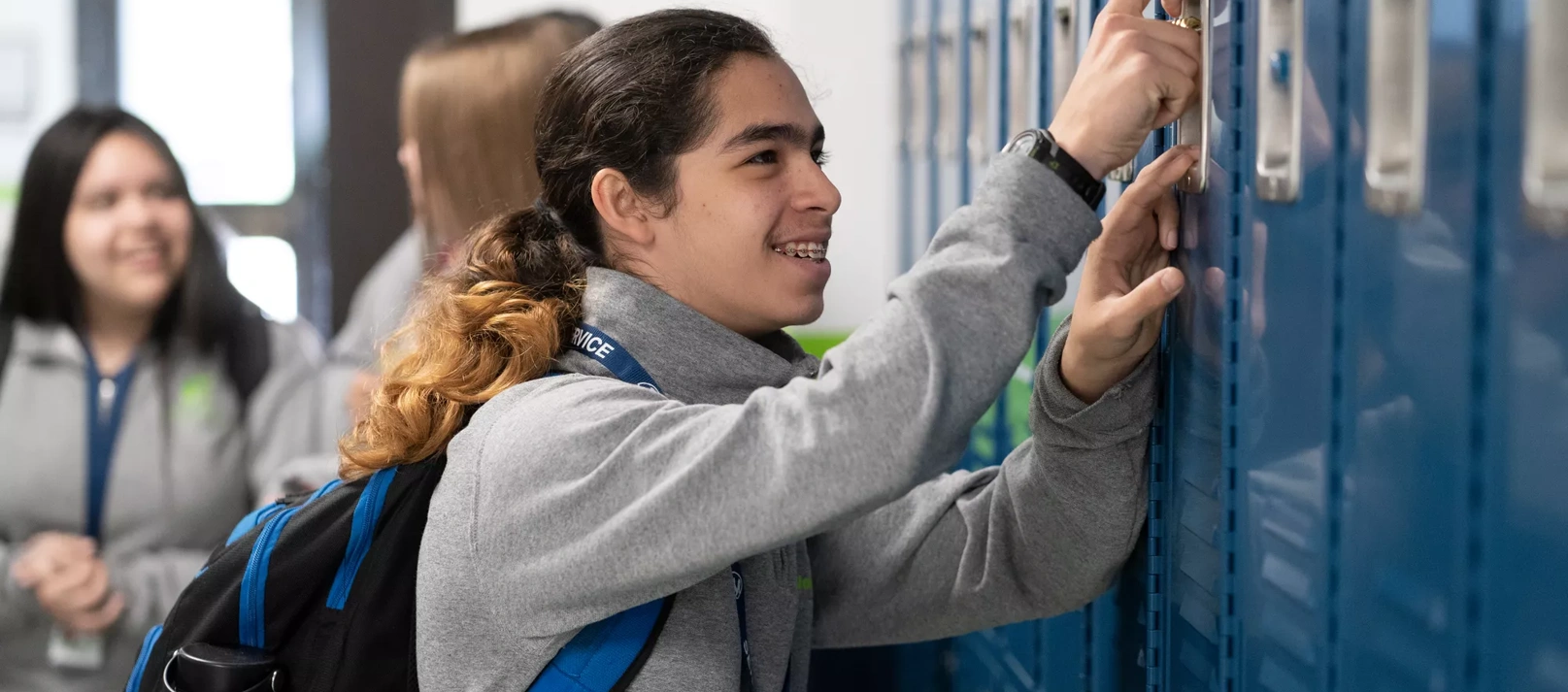With easy access to data on students’ strengths, challenges, and needs, educators and families can provide more personalized support to help each child succeed in the classroom. However, K-12 software systems fail to integrate seamlessly with school, state, and district data systems, limiting timely access to valuable insights.
In 2012, we launched the Ed-Fi Alliance to bridge this gap, uniting educators and technology providers to create a secure, unified way to share student data across systems.



